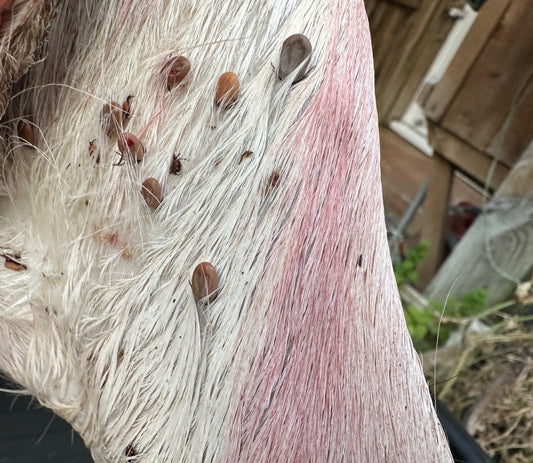Deer intrusions can pose significant challenges for livery yard owners, impacting not only the daily operations but also the financial stability of their businesses. These graceful but potentially disruptive visitors can damage property, endanger horse health, and lead to increased operational costs. Understanding how to effectively manage deer incursions is crucial for maintaining a safe and economically sustainable livery yard.

The Diverse Impacts of Deer on Livery Yards
Deer are naturally curious creatures that may enter livery yards attracted by available forage or shelter. Their presence is not merely a nuisance but poses several risks. For instance, deer can cause substantial damage to fencing and gates as they enter or exit, and their feeding habits can ruin landscaping and other vegetation. This type of damage not only requires repairs but can also diminish the aesthetic value of the yard, potentially making it less attractive to current and prospective clients.
Furthermore, the health and safety of the horses are paramount concerns. Deer can startle horses, which may react by bolting or attempting to jump fences, leading to injuries or escapes. Additionally, deer are known carriers of ticks, which can transmit diseases such as Lyme disease to both equines and humans. The management of tick infestations and treatment of tick-borne diseases can incur considerable costs and require ongoing vigilance.
Approaches to Mitigating Deer-Related Issues
One of the most effective methods to prevent deer from entering a livery yard is the installation of appropriate fencing. Deer-proof fencing that is at least 8 feet tall or constructed with slanting designs can help deter these animals from entering the premises. While the initial cost of installing robust fencing might be significant, the long-term savings from reduced damage and fewer health issues can justify this investment.
Another important strategy involves the use of repellents. There are a variety of chemical and natural repellents available that can dissuade deer from approaching the yard. These repellents need to be strategically applied around the perimeter and regularly maintained to ensure their effectiveness.
Keeping the yard clean and free from attractants is also crucial. Secure storage of feeds and regular removal of waste and fallen fruits can make the yard less enticing to deer. Additionally, managing the surrounding vegetation by trimming back bushes and trees can reduce the cover that deer seek near the yard boundaries.
Professional Consultation and Community Action
Consulting with wildlife management professionals can provide tailored solutions based on the specific challenges faced by a livery yard. These experts can offer advice on a combination of fencing, repellents, and habitat management to devise a comprehensive deer management plan.
Moreover, collaborating with neighbouring properties to address deer issues can be beneficial. Collective efforts in fencing and deer management can be more cost-effective and ensure a broader area of coverage, reducing the likelihood of deer simply moving from one property to another.
The challenge of managing deer intrusions in livery yards requires a multifaceted approach that combines physical barriers, chemical deterrents, and good yard hygiene. By implementing these strategies, livery yard owners can protect their investments, ensure the safety of their horses, and maintain the aesthetic and financial value of their property. Effective deer management not only addresses immediate concerns but also contributes to the long-term sustainability and success of the yard.
If you are interested in exploring more detailed insights and practical tips on managing deer populations effectively, feel free to visit our blog at Wildscape Deer Management Blog.





